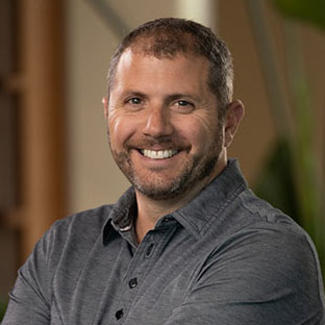Facilitating Change for the Better
How to help your team be change-capable

In the original movie adaptation of “Dune,” Leo Atreides tells his son, Paul Atreides, “Without change, something sleeps inside us and seldom awakens.” While in the realm of science fiction, this quote certainly resonates with the building and manufacturing industries.
Building codes change, criteria for energy efficiency changes, methods of production and distribution change. Likewise, changes in approach are often necessary as we reassess our goals each year. These reassessments can be expected—we all know model codes will change every three years. They can also be unexpected, such as the shifts that were necessary to accommodate a global pandemic and the supply disruptions that occurred in subsequent years.
Whatever the context is, it is important that we change together if we want to continue to advance as an industry. But change is difficult to adapt to. So how can leadership support a team’s adaptability and flexibility to changes in the market?
Seeing the opportunity in change
At a recent sales meeting, we addressed change and how to manage a team to be more change-capable. Specifically, we talked about how we can change as we refocused on targets and goals for 2024. In this meeting, it was stressed that as managers, we all know that changes keep coming, so we must continue to coach our teams to see the opportunity in change. But how?
One of the ways to create change-capable teams is to encourage future-focused thinking. This means welcoming challenges to convention, experimenting in how things are done and embracing new concepts that benefit our future selves. Inspiring future-focused thinking can be achieved by encouraging team members to investigate what a change is, what its purpose could be and how it will affect processes and people. It can also be achieved by doing a “force-field analysis,” in which team members articulate driving and restraining forces for adopting a change. Both exercises can help us all define our initial apprehensions and work through them together.
These and other exercises listed in books like “Who Moved My Cheese” by Spencer Johnson, “Our Iceberg is Melting” by John Kotter & Holgar Rathgeber or “Switch: How to Change Things When Change is Hard” by Chip & Dan Heath can be helpful. However, facilitating a change-positive and future-focused mindset can also occur when we lead by example.
Accepting and adapting to change starts with us
Change is a process and one that requires us to consciously approach it as such. Big changes can come with a greater resistance—especially when teams are not conditioned to embrace new information and new ways of doing things. Accepting and adapting to larger changes can happen more easily when we routinely practice small changes or break larger changes into small steps.
This can be as simple as discussing what has been done already and what can be done in the immediate future or adopting a leadership style that encourages information sharing and idea seeking. Doing these things can help us stay on our toes and more readily change for the better.
In just over a week, the second part of the “Dune” remake will hit theatres. Change and having a future-focused mindset are central to this story. As they say in that universe, those who control the spice control the universe. And as we say in ours, change is the spice of life.


